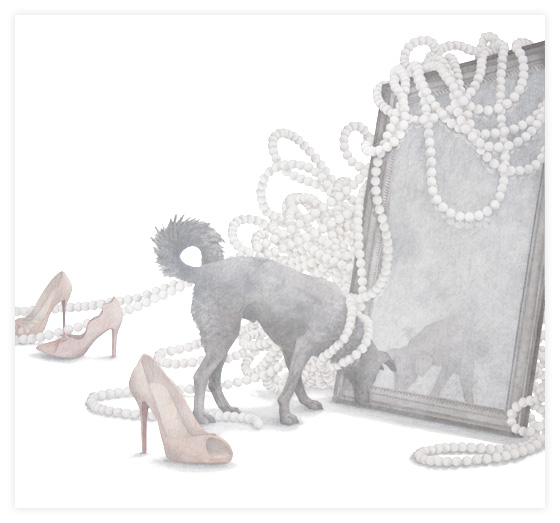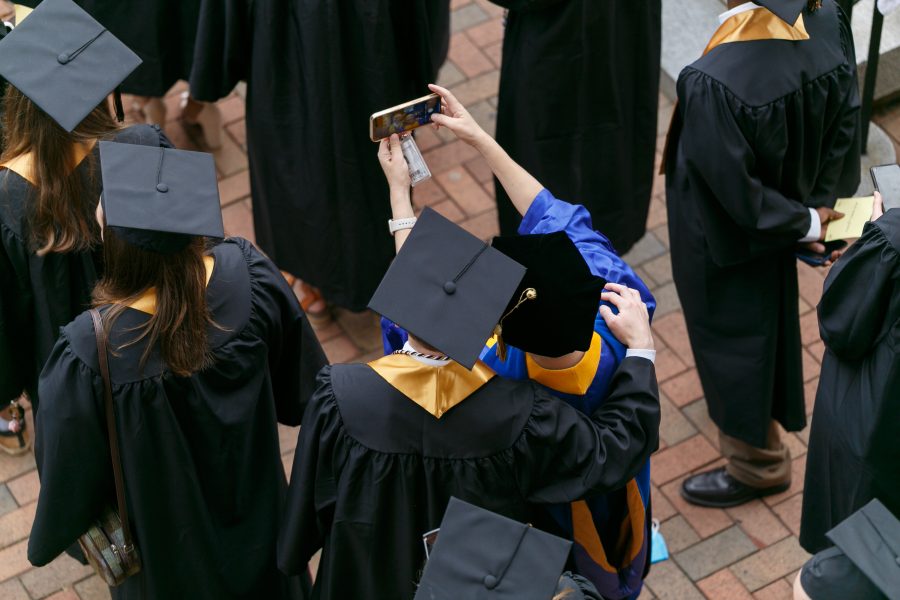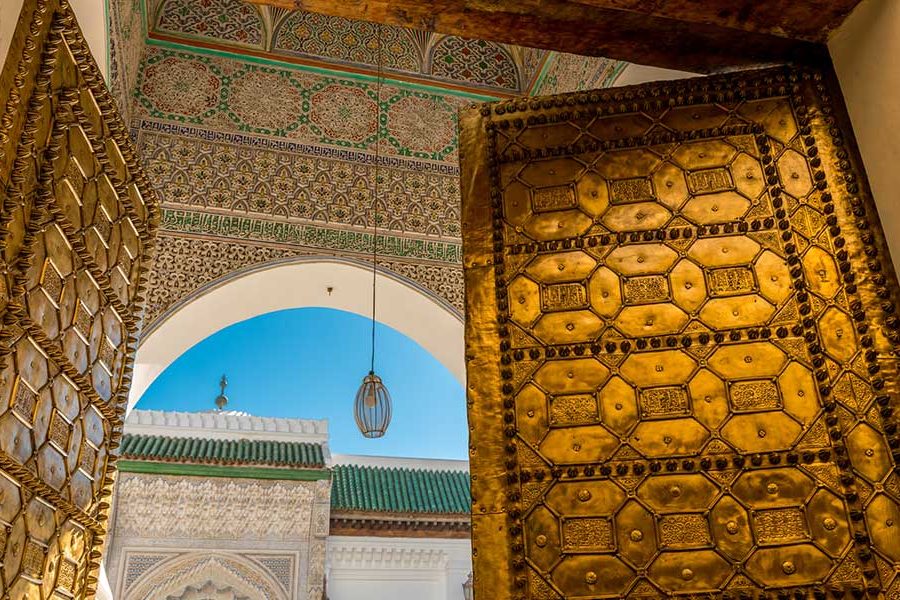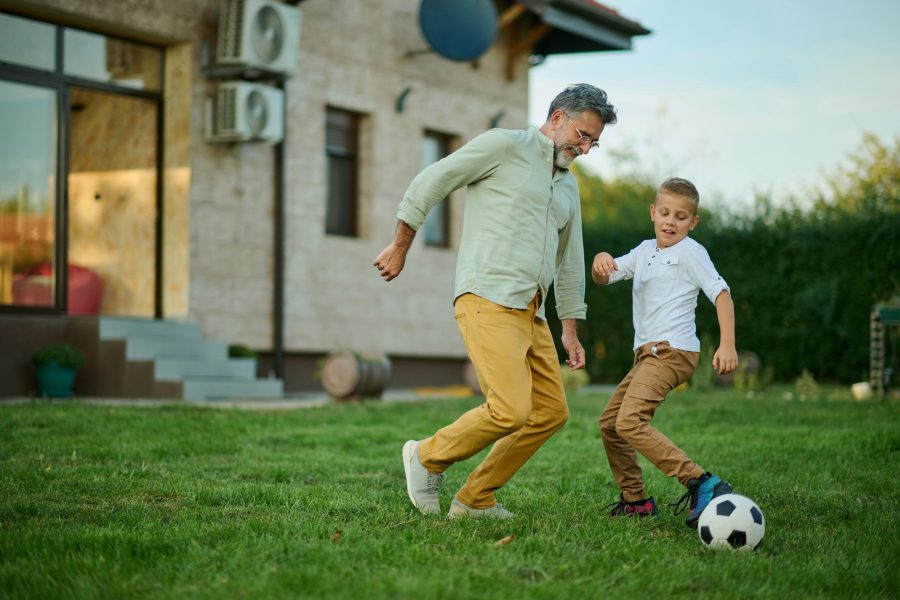Meet Greg Murr
In a Ferris Bueller moment, Greg Murr’s post graduate plans took a turn. This 1993 graduate in studio art headed to Albuquerque, N.M., for graduate school, which propelled him on a course to Italy, New York City and Germany.
This spring, Murr is returning to Wake Forest to teach printmaking classes in the art department as a visiting faculty member. His words of advice, relax, “The future unfolds before us, one way or another.”
Q: How do you come up with ideas for your artwork?
A: I’ve met so many artists whose rich life experience or background provides material for their creative output. Upon entering college I didn’t sense I had any extraordinary content to draw from. So I turned to my interests within liberal arts classes, whether philosophy, history, the sciences or literature. In time I learned to connect ideas from these disciplines with my appreciation for nature and how we experience the phenomenal world. I think it’s important to permit oneself the freedom to explore new interests as they arise and bring together seemingly incongruous ideas as a means of making discoveries.
Q: You have been working on a series featuring dogs mingling about strands of pearls and high-heeled shoes. What inspired this idea?
A: To be true, it was the act of following the general election campaigns in 2008 that so spurred me to share my impressions of our social, political and economic reality. But adding to this was a casual aside made by professor Anne Boyle nearly 20 years ago in one of my English classes at Wake. I recall Dr. Boyle suggesting that high-heeled shoes aren’t simply an extension of the leg, but a means by which culture and fashion insure a woman’s vulnerability, it being so difficult to flee from danger while in heels. She also offered the possibility that, apart from adorning, bracelets and other jewelry may suggest something of bondage. I recently returned to this conversation in drawing dogs among high-heeled shoes that, somewhat tongue-in-cheek, encourage discussion about our own animal nature. Through these disarming subjects, I’m trying to look at our keen consumer behavior and the very core of capitalism, too. Could capitalism itself evidence human nature, as we seek security through the earned material rewards that we use to define and protect us?
Q: What advice do you have for students planning to become artists?
A: Oh geez—another college confession. Okay, when I was at Wake Forest I had a convertible car I adored. I kept it under a car cover in a garage off campus and rarely drove it for fear of depreciating its value. My senior year, I decided to live a little, à la Ferris Bueller, and made a road trip with a friend to Florida for spring break. Needless to say, it wouldn’t be a confession if all had ended well; on the way back to campus, I drove unwittingly into an ice storm, slid into a guard rail and did just enough damage to total it. As Ferris would say, I killed the car. But pretty quickly I saw the burden it had been, and was ultimately liberated to reevaluate former post-graduation options. I chose a far-away MFA program in New Mexico, which in turn led me to Italy, New York and Germany. The point is that the future unfolds before us, one way or another. Our opportunities aren’t always the ones we anticipate.
Q: What do you hope to teach your students in your printmaking class?
A: Printmaking is quite process-oriented. Learning about and practicing these media will give students a whole different language with which to express themselves, and a means of comparison to newer technologies that they already know. Learning any creative process can be a bit like stepping into a foreign culture, with different attributes, capacities and guidelines. We step outside our realm of comfort not just to learn a new place, language or way of thinking, but to better understand the world from which we’ve come.
Categories: Alumni, Arts & Culture, Research & Discovery, University Announcements
Media Contact
Wake Forest News
media@wfu.edu
336.758.5237




